Six axis robots have become widely used as a result of the advancement of automation in modern production. These robots are especially important for pick and place robots, which are meant to increase accuracy and productivity. Businesses may accomplish tasks more quickly and accurately by incorporating six axis robots into their operations, especially when it comes to intricate, multidirectional motions. Let’s examine how these cutting-edge devices are revolutionizing pick and place processes and why models such as the EVS QJR20-1600, QJR10-2, and QJR210-1 are leading the way.
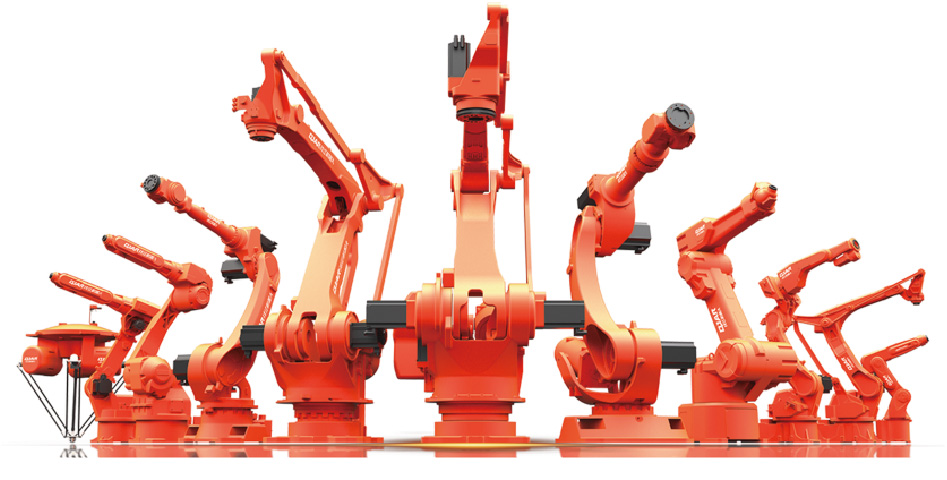
Six axis robots: A Revolutionary Approach to Pick and Place
Six axis robots are perfect for pick and place robots in a variety of sectors due to their adaptability and range of motion. These robots offer complete control over their movement since they can move along six distinct axes. Multidirectional operations, such as lifting, turning, and precisely positioning things, are well-suited for six axis robots. Pick and place robots speed up production while lowering human error by automating repetitive activities.
A great illustration of the application of six axis robots for industrial pick and place activities is the EVS QJR20-1600 robotic arm. With a reach of 1671mm and a payload capacity of 20 kg, this model is ideal for medium- to heavy-duty tasks. Pick and place activities may be optimized in challenging conditions because to its six axis versatility, which enables it to manage complex motions and positions.
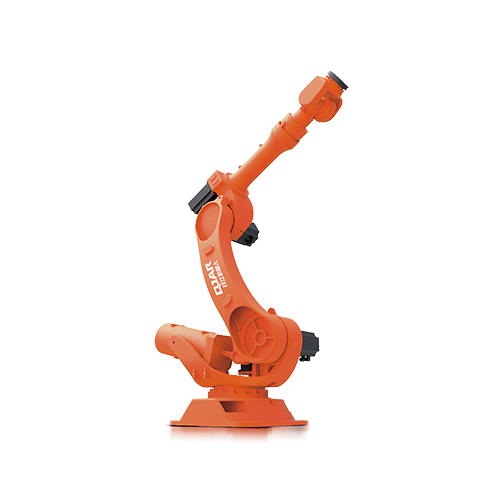
Accuracy and Effectiveness in Pick and Place Mechanisms
The exceptional precision and efficiency of six axis robots in pick and place operations is one of their major advantages. The makers of these robots can guarantee that every action, no matter how complicated, is carried out precisely by programming them for certain jobs. In sectors where exact part placement is crucial to product quality, including electronics, medicines, and the automobile industry, this uniformity is vital.
The accuracy and effectiveness offered by six axis robots are best demonstrated by the EVS QJR10-2 robotic arm. Its enormous 2001mm reach and 10kg payload make it ideal for activities requiring accurate placement over wide regions. It is an essential instrument for increasing operational efficiency in contemporary companies because of its six axis capabilities, which allows it to choose and arrange objects with exceptional accuracy, even in intricate assembly lines.
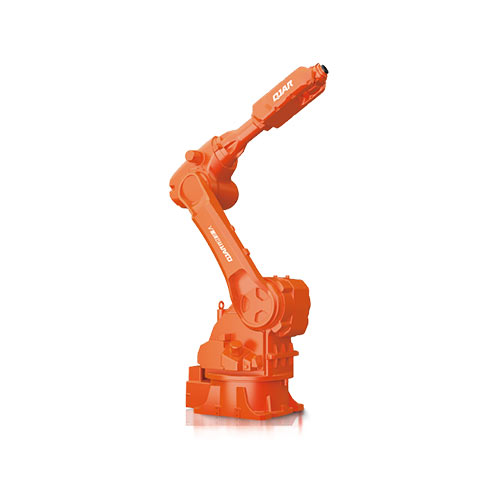
Six axis robots: Adaptable to All Industries
Six axis robots are useful in many different sectors due to their adaptability. Pick and place robots increase efficiency by automating manual labor-intensive processes in industries such as automobile assembly, food processing, and electronics. Six axis robots assist enterprises in achieving greater production goals while upholding quality standards by decreasing cycle times and improving throughput.
With a 210 kg payload and a 2688 mm reach, the QJR210-1 robotic arm is a great illustration of a six axis robot designed for demanding duties. Large-scale pick and place tasks, including moving bulky items in warehouse logistics or heavy components in the automobile industry, are ideal for this type. Its versatility in six axes enables it to precisely manage placement while handling enormous objects, guaranteeing a smooth integration into a variety of industrial processes.
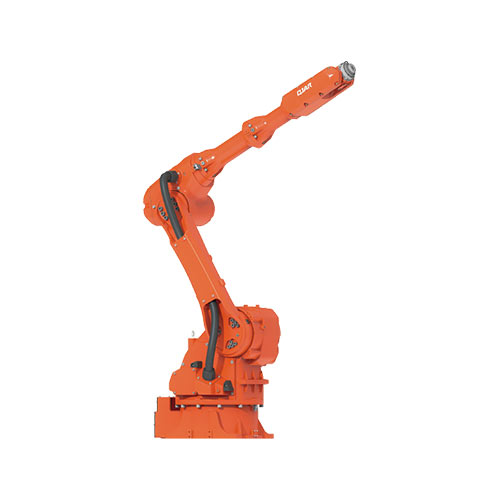
Increasing Security and Cutting Labor Expenses
Six axis robots increase worker safety in addition to pick and place robots‘ speed and precision. These robots lower the risk of harm by automating potentially dangerous jobs, freeing up human workers to concentrate on more difficult or low-risk duties. Additionally, businesses may use pick and place robots to lessen their need on human labor, which lowers operating expenses and increases long-term profitability.
The need for ongoing human supervision is further eliminated by the remarkable repeatability of jobs handled by six axis robots, thus lowering labor expenses. In sectors like packaging or product assembly where repetitive work is the norm, pick and place robots guarantee reliable job execution without needing expensive human input.
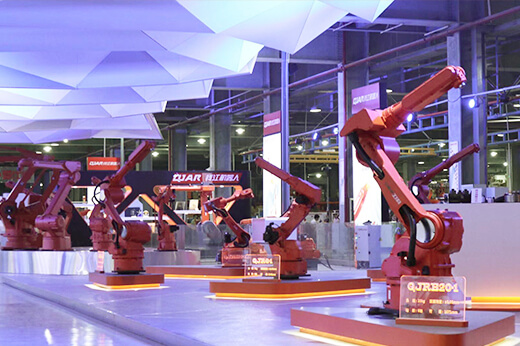
Six Axis Pick and place robots: A Prospective Future
Six axis robots will become increasingly important in contemporary industry as technology advances. The capacity of pick and place robots to adapt to new jobs and optimize operations in real-time will be further enhanced by the incorporation of artificial intelligence and machine learning. This will result in more intelligent production settings where six axis robots will be indispensable tools for industrial automation in the future as they can do more complicated jobs with less assistance.
Robotic models such as the QJR20-1600, QJR10-2, and QJR210-1 will help businesses remain competitive in an increasingly automated and fast-paced market. These six axis robots are already completely changing the way that industries approach pick and place operations, and as automation advances, their influence will only increase.
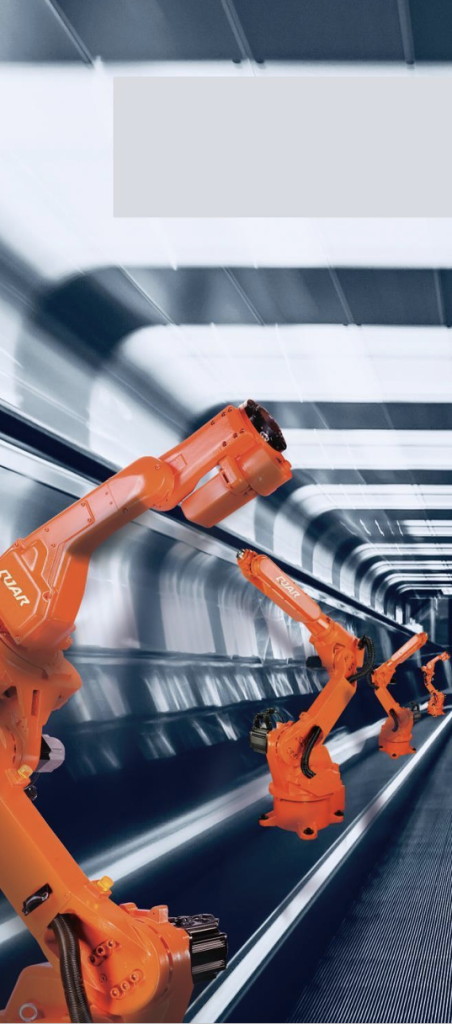
In summary
In conclusion, since they provide unmatched precision, efficiency, and adaptability, six axis robots have completely transformed pick and place processes in contemporary industry. Robots such as the EVS QJR20-1600, QJR10-2, and QJR210-1 demonstrate how important these machines are for automating complicated jobs in a variety of industries, such as electronics and the automotive sector. Six axis robots will continue to be at the forefront of innovation and corporate operations as sectors seek for further automation. Businesses may attain new levels of productivity, safety, and efficiency by incorporating six axis robots into their operations, assuring success in an increasingly automated environment.
